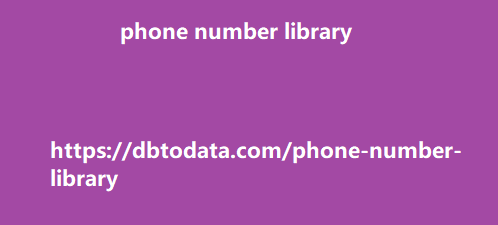And when Google notices you’re getting more clicks through your page, it will tag you as a relevant site, thus making you rank higher. Further reading: INFOGRAPH: 5 Steps to Create the Perfect Meta Description Optimize site speed and performance Tools to use: PageSpeed Insights (you can also choose Google Lighthouse (Chrome Extension) or Test My Site) Another important aspect of technical SEO is page speed optimization. Site speed is a ranking factor for both desktop and mobile searches, so it’s important to make sure your pages load quickly. site speed and page speed interchangeably. However, some websites say that site speed is different from page speed.
Nevertheless, it’s important that the content on
your webpage loads faster. This is to prevent your site visitors from leaving your website and going to your competitors. Optimizing images If you use a large image size, it will greatly affect your site speed. In this case, you need to reduce your image size. The trouble with reducing your image size though is that it also reduces its quality. The good news is that there are plugins or scripts that let you decrease the size of your file without reducing its quality. To reduce your image size without compromising its quality, simply choose the right combination of your file format and compression type you will use.
Ideally, your image’s file format should be in
PNG and at a medium compression rate. You can use the following tools when optimizing images for your webpage: Adobe Photoshop Gimp FileOptimizer ImageResizer.com ImageResizer ImageResizer.com dashboard Enabling browser caching The concept of browser caching is straightforward: it takes whatever files you define as files that don’t change often (such as your company logo and website menu) and downloads them once to the visitor’s browser. This way, they don’t have to be redownloaded every single time they visit your website, making your webpages load much faster. There are three ways to go about this: Ask your web hosting provider You can contact your web hosting provider and have them edit your site’s .
htaccess file. That way, you don’t have to
touch anything in your website. Edit the .htaccess file yourself The header says it all. I wouldn’t recommend this unless you have knowledge on how to troubleshoot in case you make a mistake. If you’re using Yoast, here’s their guide. Use a plugin There are various plugins you can choose from that you’ll just download and activate. Quick and easy as pie. Just check with your web developers to confirm if they won’t be causing any issues with other plugins. Enable Gzip Compression When a browser loads your website, it requires downloading all the relevant files stored on your server.
If your files like HTML, PHP, CSS, and Javascript
are too large to load, chances are it albania phone number library will affect your site speed as well. This is where Gzip comes into play. What it does is that it compresses or reduces the size of your file by up to 30% or less than its original size so your webpage loads faster. You can use the Gzip Compression Test tool to check if Gzip is enabled on your website, or if you simply want to check your website’s Gzip compression rate. GiftOfSpeed A word of caution. When you use Gzip, you’re only meant to compress files, not images—or you’ll end up with low-quality, pixelated images on your webpage.
There are many other aspects you need to
check when it comes to optimizing your site speed. I’ve only included three in this post. For our in-depth guide to site-speed optimization, check out: Further reading: Ultimate Guide to Site-Speed Optimization Also, keep in mind that consistency is key when it comes to site speed optimization. An optimized site speed requires adding scripts or plugins on occasion, so it’s best to always do a site audit every month to keep site downtime from happening. Site Speed Optimization Package Fix content issues If you’re having trouble with technical SEO, there are a few common issues that could be to blame.
One of the most common is duplicate
content. This can happen if you have copywriting: techniques for writing irresistible content multiple pages with similar or identical content. To fix this, you’ll need to either apply a 301 redirect or add rel=”canonical” tags to your pages. Another common issue is thin content. This happens when a page has very little useful content. Different websites have their own opinions on how long content should be—Yoast recommends >300 words for regular posts or pages, while HubSpot claims that your content length shouldn’t go lower than 2,100 words. Which one should you follow? I would argue that it’s not exactly a matter of word count, but of content quality.
Does your blog post go in-depth and answer what
your target audience needs to know ws data about the topic? Does it match search intent? I suggest focusing on those instead of word vomiting irrelevant content just to “fix” thin content. Further reading: How TO NOT Screw up Your Canonical Tags and Search Intent SEO for Beginners Implement structured data According to Yoast, “Where Schema is the language in which you present your content, structured data is the actual data you provide. content. This is the input you give search engines to get a better understanding of your pages.

